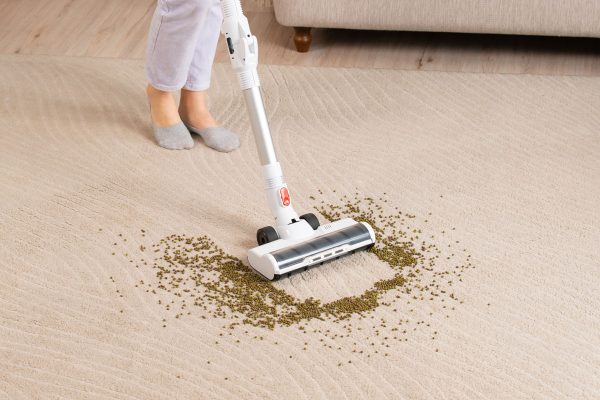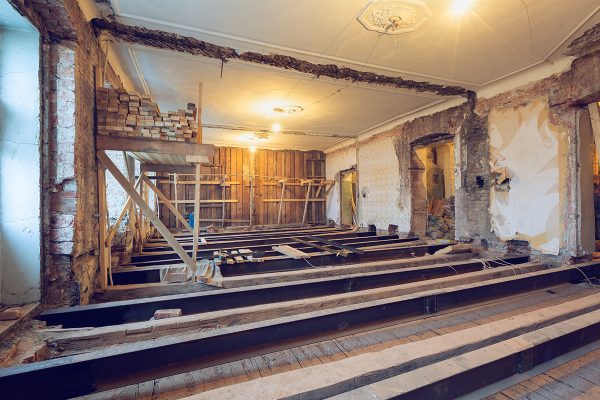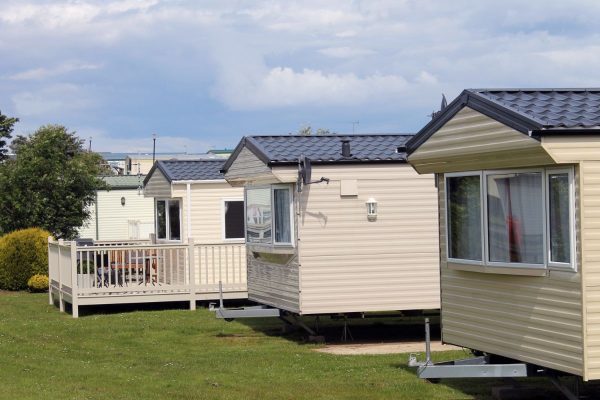Having a garage to store things and park your car is a safe and wise decision. Since a garage is also part of your home, it is essential to consider having proper drainage to avoid damaging your valuables. But what should you do if the garage floor does not slope towards the drain? We researched some great solutions and alternatives to tackle this problem.
When your floor is not sloped towards the drain, consider doing the following:
- Add another layer to the floor to make it lean towards the drain.
- Install another garage floor drain.
- Use alternative means to drain the water.
A sloped garage floor that leans towards the drain is essential to protect your garage from flooding. Keep reading as this post will provide you with everything you need to know regarding this matter.
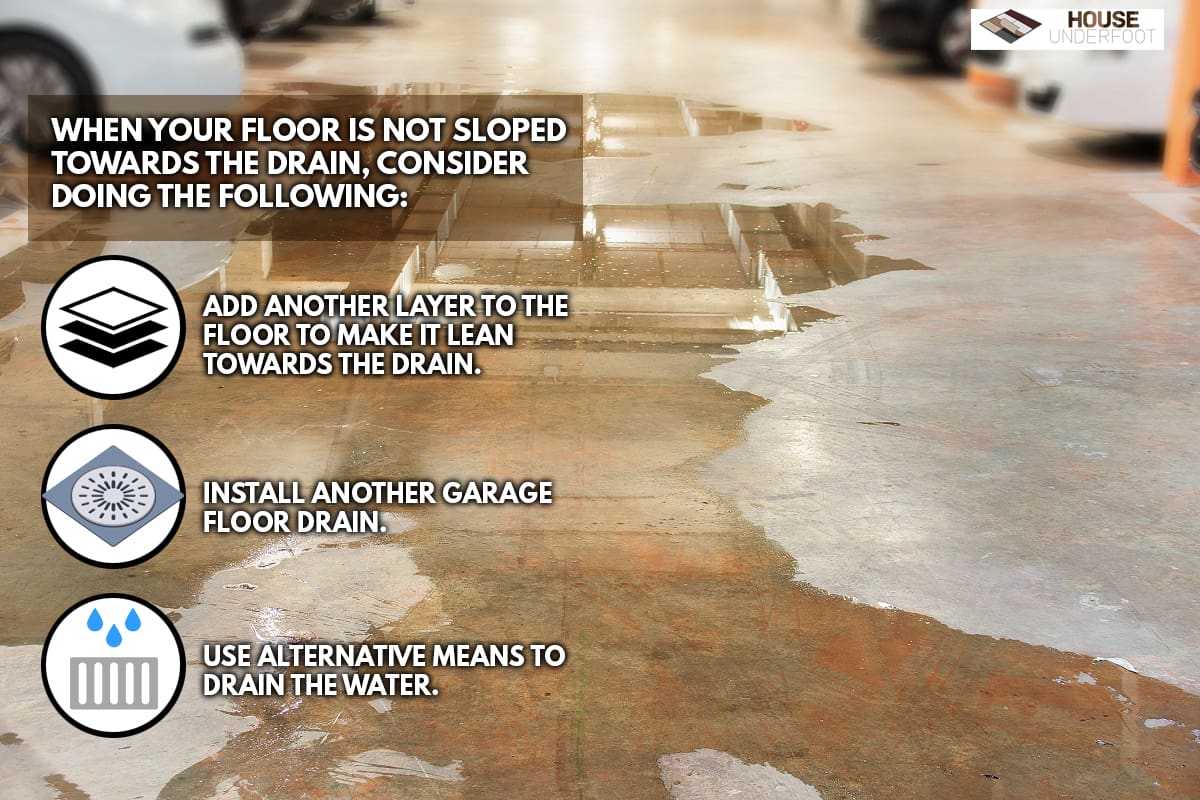
Fixing Your Garage Floor That Does Not Slope Towards The Drain
Garage floors should slope towards the drain to minimize the risk of flooding and floor problems. You'll often see water coming from the back door and the side of the garage to its exterior during the snowy or rainy season.
If your floor is not sloped correctly or does not have a proper drainage system, expect water to settle on your floor.
Below are some tips and tricks to help you with this dilemma.
Add Another Layer Of Concrete To The Floor
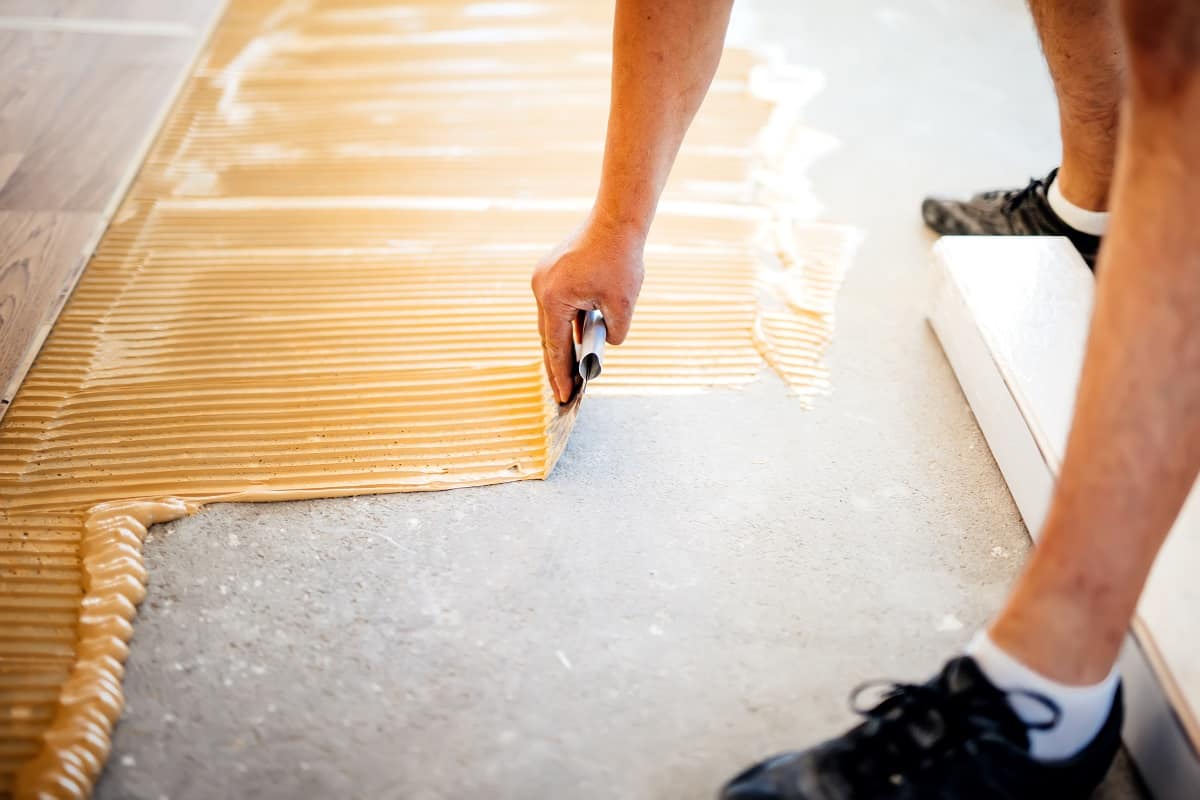
The first thing you may worry about when your garage floor fails to slope towards the drain is having to re-do the whole garage floor, which would be pretty costly. However, you can fix your drain problem by adding another layer of concrete or tiles. This solution is more affordable than remodeling.
This option entails concrete resurfacing or using a concrete slab of your choice. A concrete resurfacer is a sturdy and durable mixture of high-grade cement and water. You can also use the mixture to repair old, damaged, or discolored cement.
Adding enough concrete to your pre-existing garage floor and ensuring that it slopes towards the drain will make your life easier. But have to follow the mixing procedures properly to get the desired results. So, observe the following:
- Make sure that you prepare the surface sufficiently.
- Do not install the concrete resurfacer on a frozen surface, as this will affect its integrity.
- Mix the cement and water by using a power-driven mechanical mixer. The cement and water ratio should be three gallons of water per Eleven kilograms of a cement bag.
If you think a cement resurfacer is not enough to do the job, you can opt to make a concrete slab by adding a concrete pad to your pre-existing floor.
Check out this Concrete resurfacer on Amazon.
Install Another Garage Floor Drain

The second option is to install an additional floor drain, preferably in the area where your garage floor leans. However, this might be a little tricky for you to do on your own. It would be best if you hired an expert on this matter.
The steps to install an additional floor drain are as follows:
- Prepare the equipment needed as well as your floor.
- Dig trenches for the drainpipes.
- Dig a trench for the concrete floor.
- Pour the new concrete.
- Add the new drain cover.
Types of Garage Drains
Choose the best garage drain that would fit the aesthetics. Here are three common types of garage floor drain cover that you might consider purchasing:
- Trench Floor Drain: This type of drain usually runs the entire garage length and can handle large volumes of water.
- Round Floor Drain: This type of drain is easier to install and takes up less room than the trench floor.
- Square Floor Drain: Like a round floor drain, this drain is cheaper and usually takes up less space. The downside, however, is having to remove clogs often.
Use Alternative Means To Drain Water
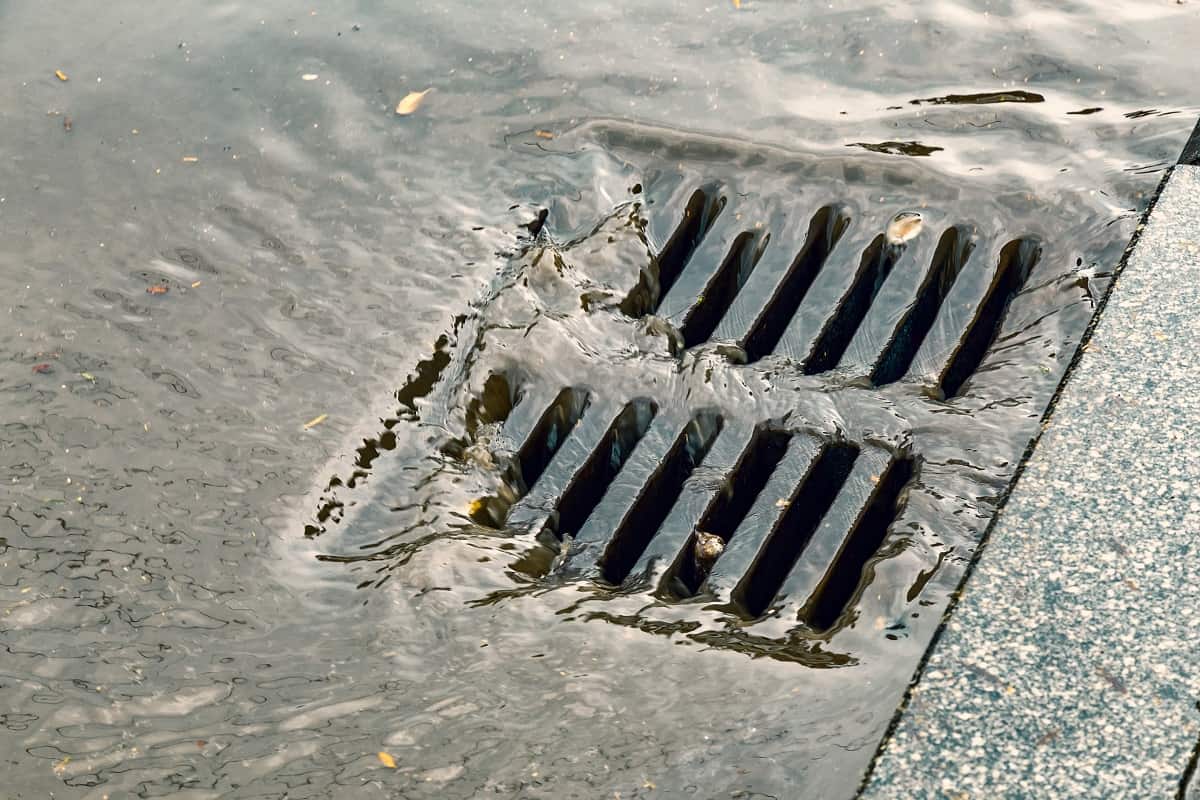
The final option is to use other measures to ensure that the water does not directly contact your things or car. Although this alternative does not guarantee a long-lasting solution, it offers relief while you try to figure out which of the other two options above would be best for you.
You can implement any of these options:
- Use a garage flooring drain tile: This durable flooring tile adds color to your floors without damaging the foundation. Additionally, the tile is commonly used in households because it is easy to clean and replace.
- Use a floor squeegee: You can use this instead of a mop when you want to drain water from the floor because it absorbs more water.
- Vacuum or pump the water: This is probably the fastest solution to the drain problem. If you still cannot afford to repair your floor, you can vacuum the water by using a wet/dry vacuum.
Check out this garage floor tile on Amazon.
What Are The Garage Floor Slope Requirements
Before your contractor starts building your garage floor and drain, he must first follow some of the stipulated requirements and procedures set by the International residential code, as will be discussed further.
The standard requirement set by the IRC is that garage slopes must be at least one-fourth of an inch per foot or a slope of two percent. As for the attached door end, the requirement is for it to be six inches lower than the house end.
However, since IRC is continuously being improved, it still does not have a strict standard requirement.
Factors like different soil types, the difference in the water table, and environmental aspects contribute to the variations in the implementation of the IRC from one region to another. Therefore, always check with your local building code or ask your local building authorities about this matter.
How To Floodproof Your Garage
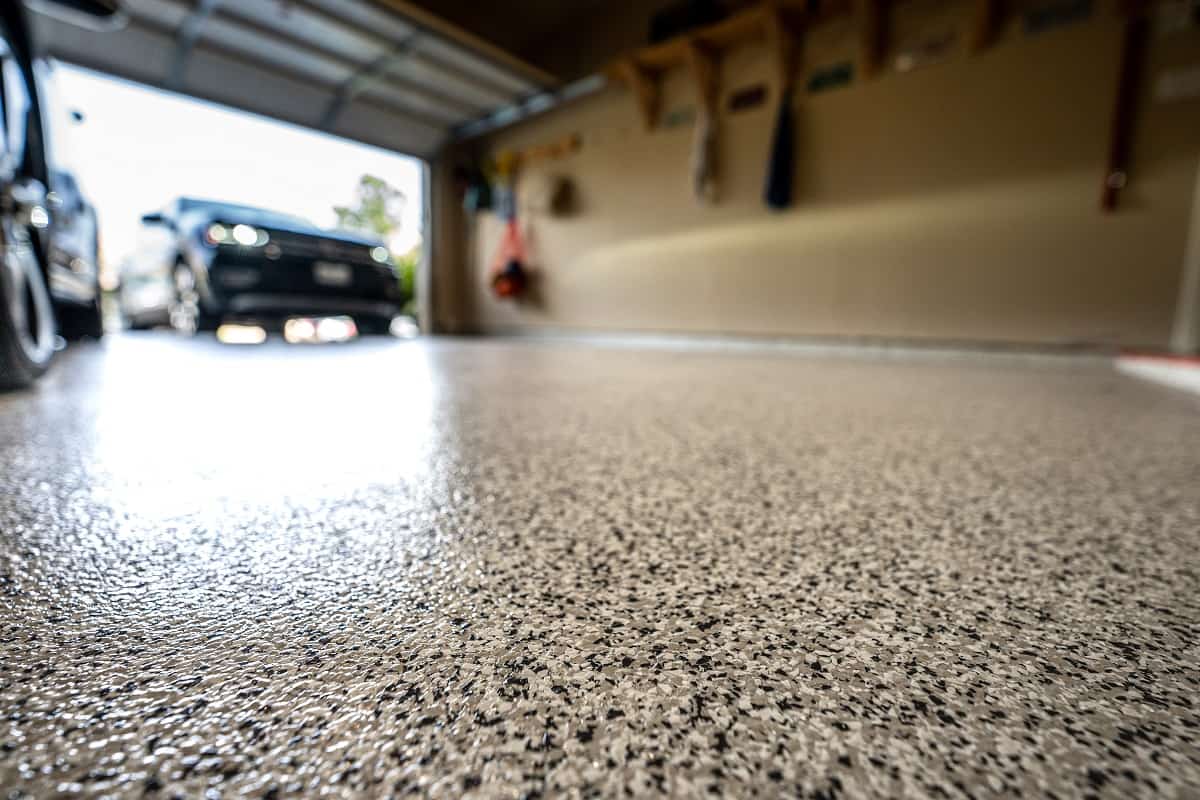
When you neglect the overall maintenance of your garage, you end up causing more problems than you expect.
If your garage floor does not slope correctly towards the drain and you fail to do something about it because there has not been a need, then you have to ensure that your garage is floodproof.
Below is a list of things that you should do.
- Make sure to seal any leak you find as soon as possible.
- Clean your roof gutters as often as possible.
- Get a professional for any repairs that you can't handle.
- If your garage door or seal is damaged, fix or replace it.
- Ensure your wall is waterproof to avoid adding moisture to the area.
- Check your floor drain for clogs.
- Properly maintain and check your garage floor. Apply garage floor coatings as needed.
Check out this Universal garage door bottom threshold on Amazon.
To Conclude
If your garage floor does not slope towards the drain, you can apply additional cement to your pre-existing floor, add an extra drain, or use alternative equipment to drain the water. If you decide to install a new drain, it is best to hire a professional plumber to do the job.
Overall, please consider the integrity and safety of your garage - regularly check for signs of damage. If you can no longer handle things on your own, do not hesitate to call a professional and ensure that you abide by the building code.
Please check out our other posts for more insights on garage floors:




